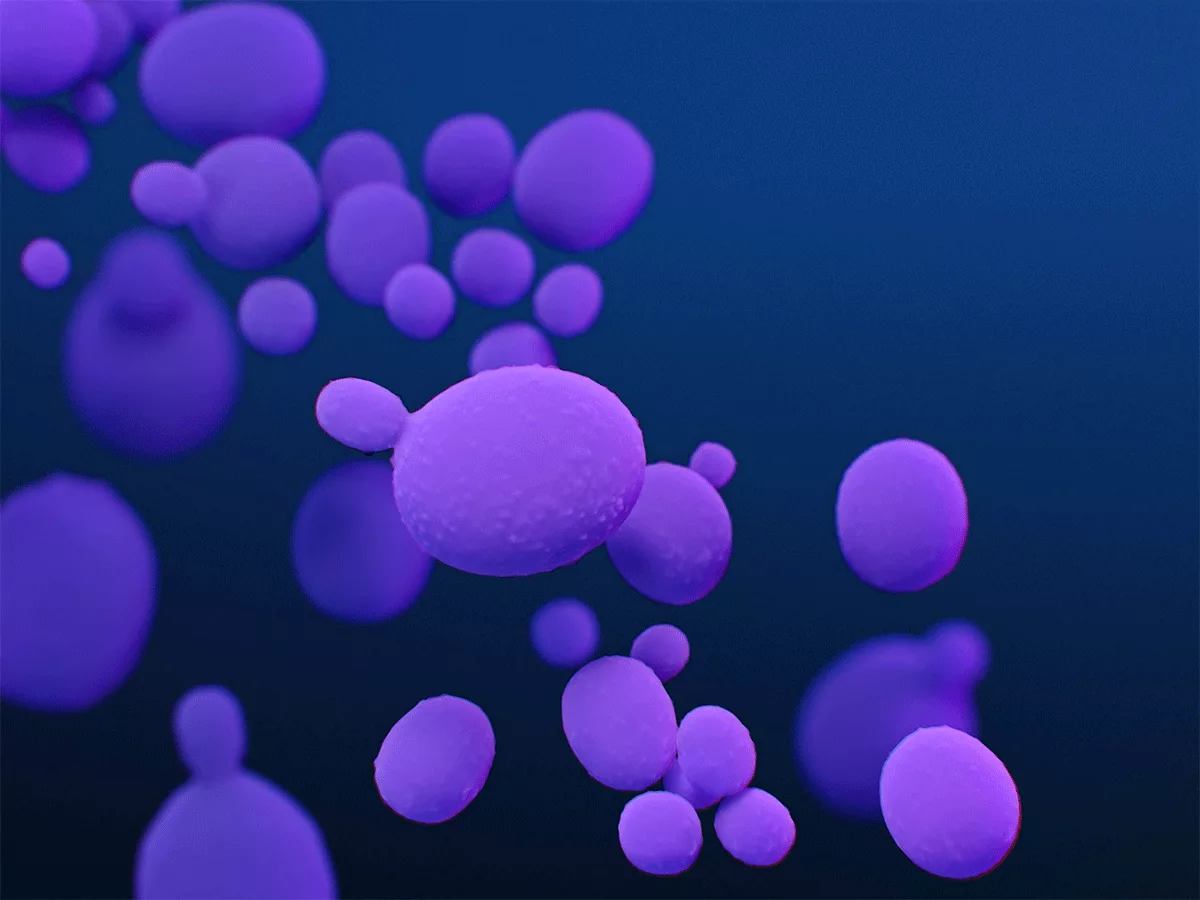By screening the microbiomes of marine organisms, scientists at the University of Wisconsin have identified nearly 150 potential new antifungal compounds, they reported in the November 20, 2020, issue of Science.
The most potent of those compounds, turbinmicin, was able to kill pan-drug resistant Candida auris in vitro and in mouse models of infection.
The team is currently working on rounding out preclinical safety studies, establishing GLP and GMP procedures, and securing funding to shepherd turbinmicin towards the clinic. The compound targets a fungus-specific protein, Sec14, which is involved in vesicular trafficking, and showed no evidence of toxicity even at high doses in animal experiments.
Fungal drug resistance is part of the larger resistance crisis that is playing out in infectious disease, but has its own unique challenges.
Historically, fungal infections have been less of a clinical issue than bacterial and viral infections. The human immune system is quite good at dealing with fungi, and severe fungal infections have been most typically seen in immunocompromised individuals, where they tended to co-occur with other, more urgent threats.
But fungal infections have become more severe, and options for treating them are quite limited.
"We only have three antifungal drug classes available to us," co-corresponding author David Andes, a professor of infectious disease at the University of Wisconsin School of Medicine and Public Health, told BioWorld Science, "and the last one came to market decades ago... I see patients in the hospital that I don't have an effective therapy for."
C. auris has become an urgent threat in its own right with shocking speed. The fungus was not even mentioned in the U.S. Center for Disease Control (CDC's) 2013 reports on antimicrobial threats, but was one of five pathogens on the agency's 2019 top-tier Urgent Threat List, due to both its penchant for multi-drug resistance and the severity of disease it can cause.
Since 2011, there have been outbreaks of genetically unrelated C. auris strains in South America, Africa, South Asia and East Asia. All four strains are now found in the U.S., and infections with C. auris easily rival bacterial and viral infections in their severity. Systemic infections kill about a third of their victims.
Why C. auris has become so dangerous so quickly is not certain, though one theory is that the fungus has managed to adapt to higher temperatures, which means that the mammalian core temperature of 37 degrees C is not the defense that it once was.
For whatever reason, the increasing danger posed by fungi meets with their shared evolutionary history to make antifungal drug discovery particularly challenging.
"It's really hard to kill a fungus without killing human cells," Andes said. While bacteria and viruses are prokaryotes that lack a proper cell nucleus, fungi, like human cells are eukaryotes, and "there is conservation of many of the drug targets that you would want to use for killing a fungus."
Under the sea
The work now reported in Science is part of a larger effort to innovate natural products-based drug discovery as well as find new leads.
One part of that innovation is to broaden the sources. "Over the past decade my lab has really worked at developing strategies that will enhance the diversity of things going into the pipeline," he said.
"Historically, a lot of people have looked at bacteria" as sources of small molecules, Tim Bugni told BioWorld Science. But most of those bacteria have been soil-dwellers.
In contrast, "one of our guiding principles has been looking at microorganisms associated with animals," said Bugni, who is co-corresponding author on the Science paper and a professor in the University of Wisconsin-Madison School of Pharmacy.
Looking at animal microbiomes opens up new chemical space. Bugni is focused on marine animals, and Ecteinascidia turbinate, the sea squirt from which turbinmicin was isolated, makes its home in the Florida Keys.
Heading from Wisconsin to Florida to collect ocean-dwelling invertebrates sounds like an academic version of the snow bird life, but Bugni stressed that it is sound science. "Tropical reefs are the most diverse habitats on the planet," he said.
And compounds produced by animal-associated bacteria are likely to have a better toxicity profile, overall, since a microbiome member is unlikely to produce a metabolite that is highly toxic to its symbiotic host. Soil-dwelling bacteria, of course, are under no such constraints.
The idea that animal microbiomes will produce safer drug discovery leads remains unproven specifically for marine animals, but "on the terrestrial side, we certainly... have evidence of this," Bugni said.
Co-author Cameron Currie's focus is on looking for anti-infective leads in insects. In 2019, Currie, Bugni, Anders and colleagues reported the discovery of the antifungal candidate cyphomycin from the microbiome of the Brazilian Cyphomyrmex ant. In their 2019 paper, the authors reported that they saw "no evidence of toxicity in mouse studies of cyphomycin and animals exhibited no observed physical or behavioral changes, suggesting that the insect-Streptomyces cyphomycin is a more specific molecule" than related soil-derived antifungal drugs.
Another important aspect of the work's methodology, Bugni said, is that "we didn't just make extracts and screen them -- we partially purified the compounds," which helps identify which specific compounds are the useful ones.
"There have been very few examples of this is the literature, because it is hard to pull off," he added. "It's only been in the last 3-5 years that the NIH has begun this approach," though "we aim for higher purity."

